Science at home! Fun homemade experiments for the little ones. Law of Charles of gases with ping pong ball
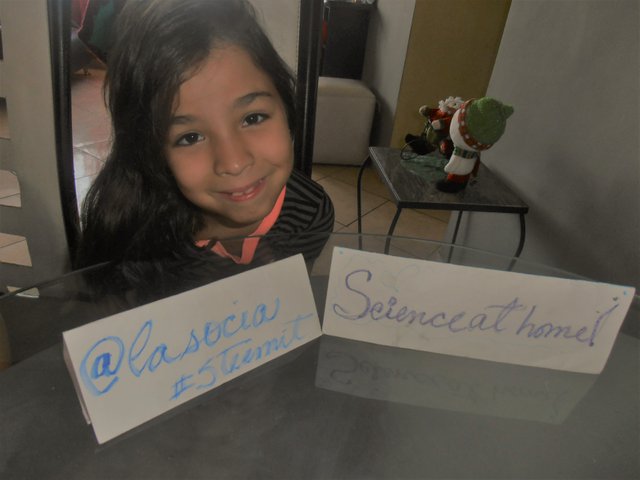
Materials:
- A ping pong ball dented but not pierced.
- A bowl, a cup or similar.
- A soup spoon.
- Very hot water but not necessarily boiling.
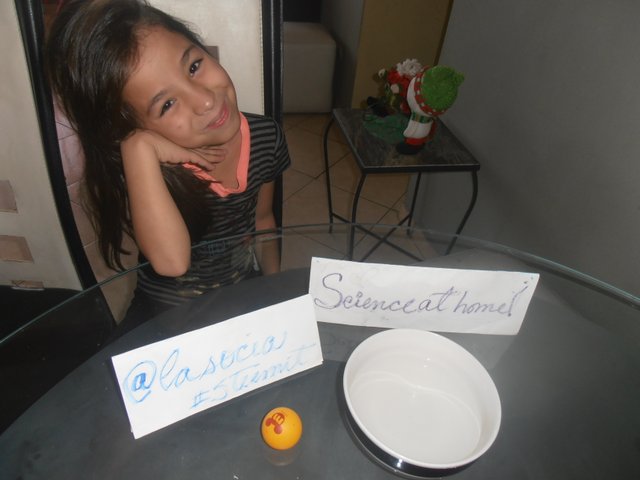
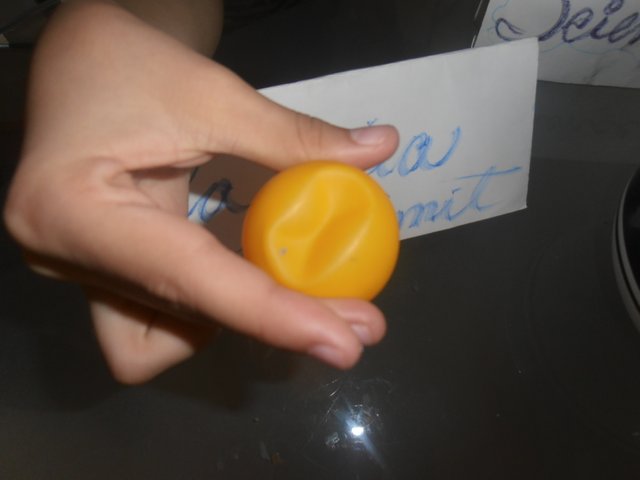
Process:
- Fill a cup of water and heat it in the microwave, for example.You can also use hot water directly from the tap.
- Put the dented ball inside the cup.
- As the ball floats, use a spoon or fork to keep it submerged in the water.
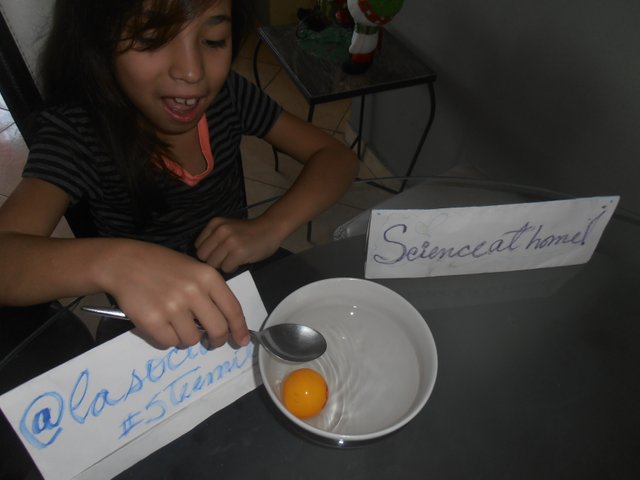
- Wait a few minutes and the deformation will disappear little by little.
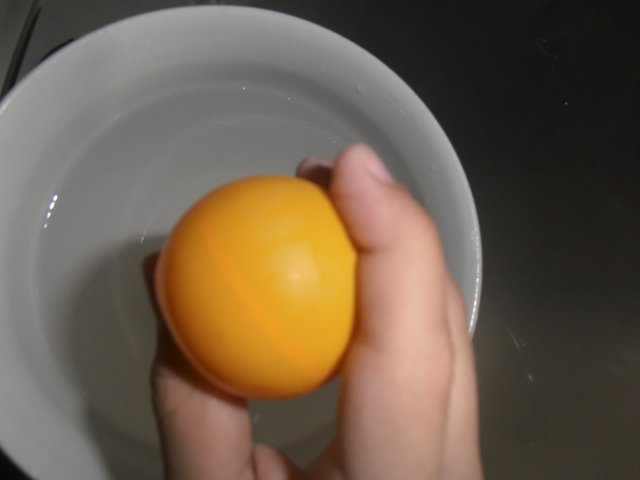
What happen?
The inventor and French scientist Jacques Charles (1746-1823), together with the Robert brothers (engineers, also French) designed, built and piloted the first hydrogen balloon. Thanks to his work, he had been able to experimentally verify the behavior of hydrogen gas at different temperatures. He noticed that if the balloon was inflated with hot hydrogen, it would deflate as the hydrogen cooled. Charles wanted to study this phenomenon more rigorously and designed an experiment in which he filled several balloons with the same volume of different gases. Then he raised his temperature and saw that the change in volume had been the same in all the balloons. Therefore he could prove that the volume increases proportionally to the temperature as long as the pressure remains constant, which is known as Charles's law of gases. Charles did not publish his discoveries, it was the French scientist Louis Joseph Gay-Lussac who did it formally years later. However, Gay-Lussac (a true gentleman) attributed to Charles the authorship of experiments that demonstrated the relationship between temperature and volume of a gas. That's why Charles's law is often called Charles-Guy-Lussac's law. In our experiment, the ping pong ball is full of air. When immersed in hot water, the gas inside is also heated. According to the kinetic theory, when raising the temperature of a gas, the molecules that compose it increase its speed and the distance between them increases. Then, if the pressure remains constant, the volume of the gas contained in the ball has to increase. The expansion of the air contained in the ball is able to push the plastic cover (and will do so to maintain constant pressure), arranging, happily, the deformation produced.



<
Hello! I find your post valuable for the wafrica community! Thanks for the great post! We encourage and support quality contents and projects from the West African region.
Do you have a suggestion, concern or want to appear as a guest author on WAfrica, join our discord server and discuss with a member of our curation team.
Don't forget to join us every Sunday by 20:30GMT for our Sunday WAFRO party on our discord channel. Thank you.
What a great experiment for children, and you explained it so well!
Congratulations! Your post has been selected as a daily Steemit truffle! It is listed on rank 25 of all contributions awarded today. You can find the TOP DAILY TRUFFLE PICKS HERE.
I upvoted your contribution because to my mind your post is at least 4 SBD worth and should receive 158 votes. It's now up to the lovely Steemit community to make this come true.
I am
TrufflePig, an Artificial Intelligence Bot that helps minnows and content curators using Machine Learning. If you are curious how I select content, you can find an explanation here!Have a nice day and sincerely yours,

TrufflePigYou have often given me great ideas to do with the kids. Science is important in our everyday lives. The ideas you bring help us teach our kids. xx Thank you xx